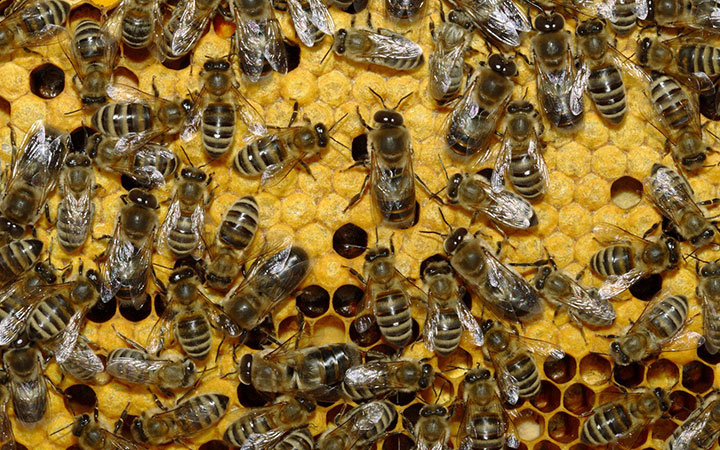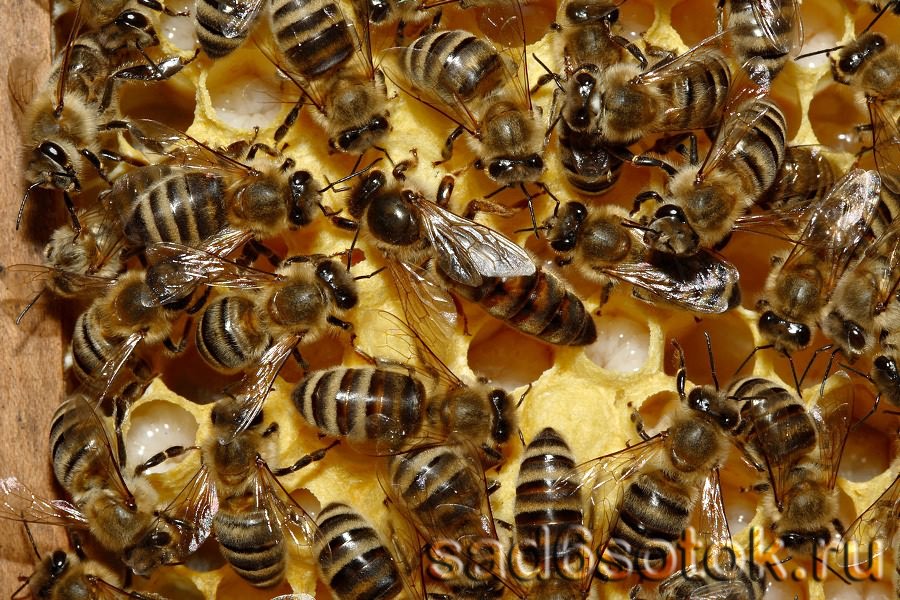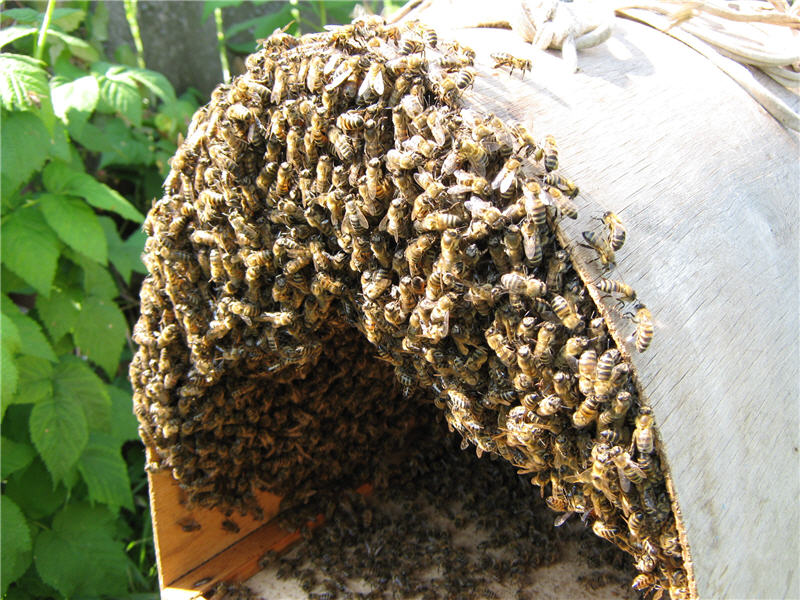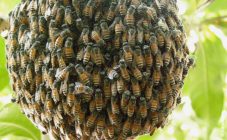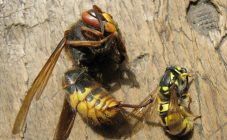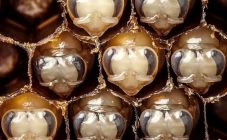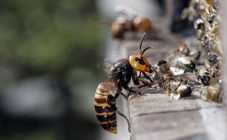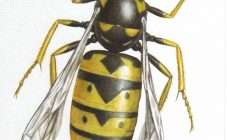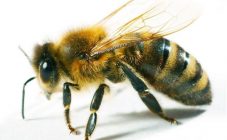Content:
Once in the apiary and observing the movements of honey insects, some are interested in how many bees live in one family. Even an experienced beekeeper cannot give an exact figure. Moreover, under the influence of certain factors, this number is constantly changing. But, owning a certain technique, you can calculate the approximate amount.
How to determine the composition
The number of individuals in the hive is constantly changing, this is influenced by various factors:
- fertility of the uterus;
- the lifespan of bees;
- season;
- the size of the hive.
The queen gives several offspring during the season, where the bulk of it falls on worker bees. The average lifespan of adults is 35-40 days. For some, their strength may be depleted earlier. The dead insects are replaced by young ones, but it is not a fact that such a replacement is taking place in a 1: 1 ratio.
Annual fluctuations
The life cycle of bees is subject to the seasons. By winter, the uterus and a small number of working insects remain in the hive. If the queen has not been fertilized by this time, a dozen drones are left.
If the surrounding plantings are rich in honey flowers, more labor is required. The uterus becomes more active, giving offspring. As a result, the whole family may not have enough space in one hive. This stimulates the bees to swarm, which ultimately will significantly reduce the number of inhabitants of the bee house.
Counting methods
There are several methods for determining the number of bees in the hive. This makes it possible to control the development of the bee family, as well as calculate the estimated volume of finished honey.
Method number 1
In this technique, the beekeeper takes as a basis the frames installed in the hive. The standard frame contains 6,600 cells (3,300 on each side). The length of one adult insect is about 1.5 cm. This is equivalent to the size of 3 cells.
This means that up to 1100 bees can be accommodated on one side of the frame (or 2200 on both sides). This number is multiplied by the number of frames. Let's say there are 10 of them, then 22 thousand only adults are obtained, not counting the larvae in the combs.
Method number 2
In this embodiment, the counting of the number of bees in a family is determined taking into account the weight categories:
- for a start, the hive is weighed together with the bees;
- then the weight of the hive itself with frames is taken away;
- the resulting number is divided by the average weight of one insect (each breed has its own parameter).
The result of the calculations will give the approximate number of bees at a given time in the hive.
How many individuals in the family
Each bee family is a small state with its own hierarchy, headed by a queen. Its main purpose is to give offspring. A small share in the family is accounted for by drones emerging from unfertilized eggs. Their main duty is to mate with the queen.
Typically, one family contains about 100 males. The rest are kicked out, and they either die or mate with the queen of another family. After completing their mission, the drones die.
The bulk inhabiting the hive – worker bees, among whom responsibilities are divided, they depend on age:
- after passing the cocoon stage (this is about 3 weeks), the little bee is born and is already ready to receive skills from adults;
- from the 5th to the 15th day of life, the baby not only eats, but also tidies up in her cell;
- by the 18th day, it is already producing wax and starting to build honeycombs;
- then, having moved to the entrance, the young bee observes the main moments of the family's life;
- starting from the 30th calendar day, a new employee goes to collect honey for the first time and becomes a full member of the adult “community”.
It is difficult to accurately determine the number of young bees, but one queen can lay up to 2 thousand eggs per day. In total, from spring to autumn, on average, the laying has about 150 thousand eggs.
In autumn, a decline in numbers is observed again. Some of the workers die when they are exhausted. Drones are driven out of the hive as unnecessary - the family begins to prepare for wintering, and it does not need extra mouths.
How many bees are in one swarm
At the same time, the entire bee colony can be seen in the evening, when all the flying individuals return to the hive. To do this, just lift the lid of the house and admire the residents of the small "metropolis".
But there is another opportunity to contemplate a large accumulation of insects - during the swarming period. Going to leave the nest forever, the bees get lost in a dense mass and move in the air in such a continuous “cloud”. How many insects are present there is difficult to say. Here the seasonal factor influences the quantity.
Swarming does not occur spontaneously - without the queen, the bees will not leave the hive. Therefore, for a start, workers stop flying in search of honey and start building queen cells. Eggs trapped in these cells are specially fed. It provokes the development of the larva into the uterus.
There are several such queen cells, but over time, only one of the bees will be fully supported by the nurse on a special diet. At the same time, the old uterus continues to multiply; by the time the new queen matures, many young individuals accumulate in the nest. They will form the backbone of the swarm.
In the nest with the old queen, some of the worker bees and immature babies will remain. To find out how many bees are left in one hive after swarming, you can use the second counting method.
Beekeeping often uses this feature of honey plant families to expand the apiary. Spare houses are being prepared, into which a swarm of insects is artificially redirected. But this procedure requires patience, great experience and knowledge of the physiological characteristics of insects.
